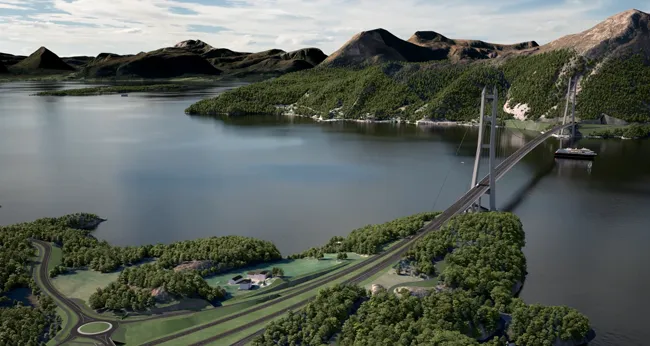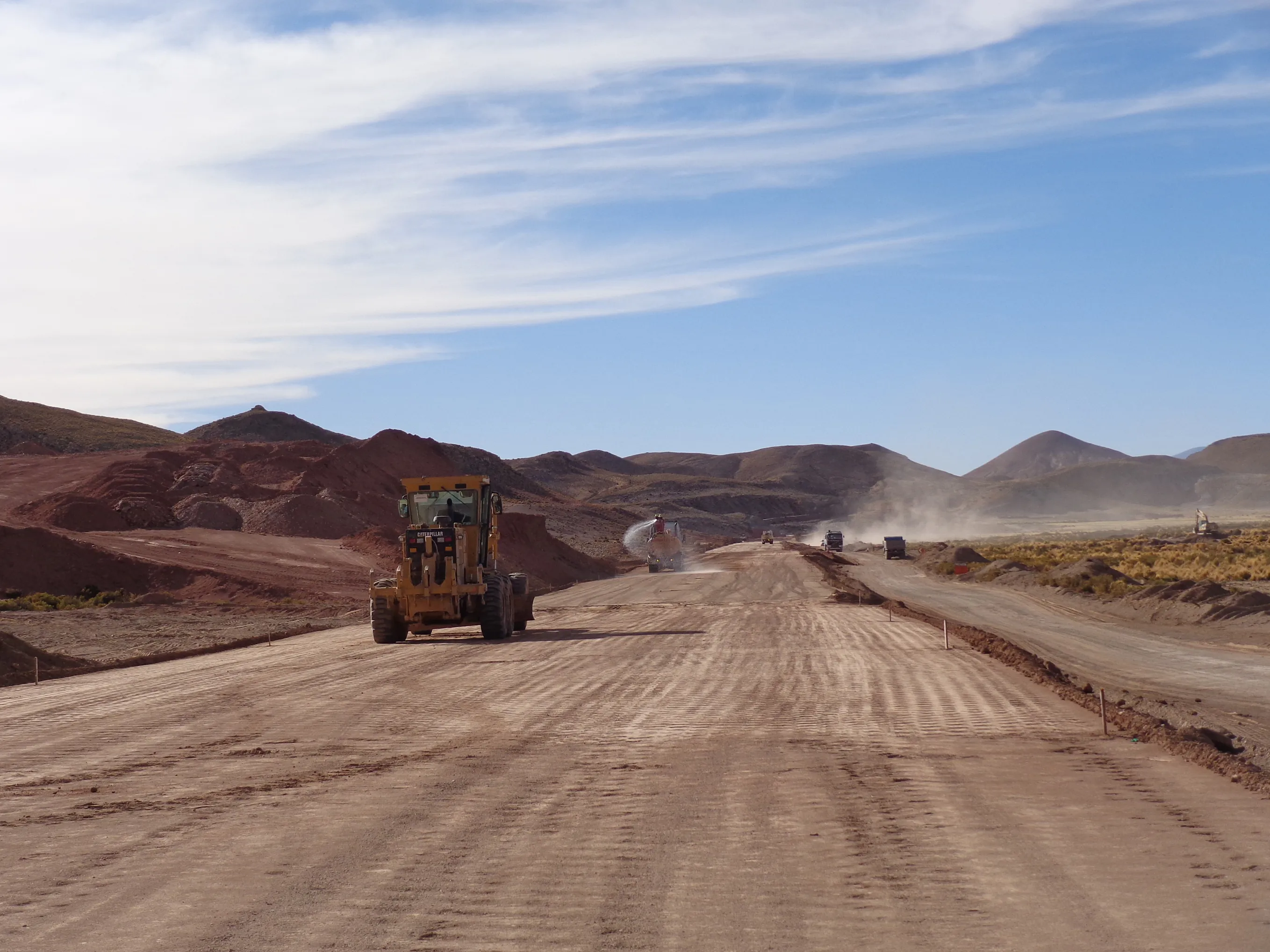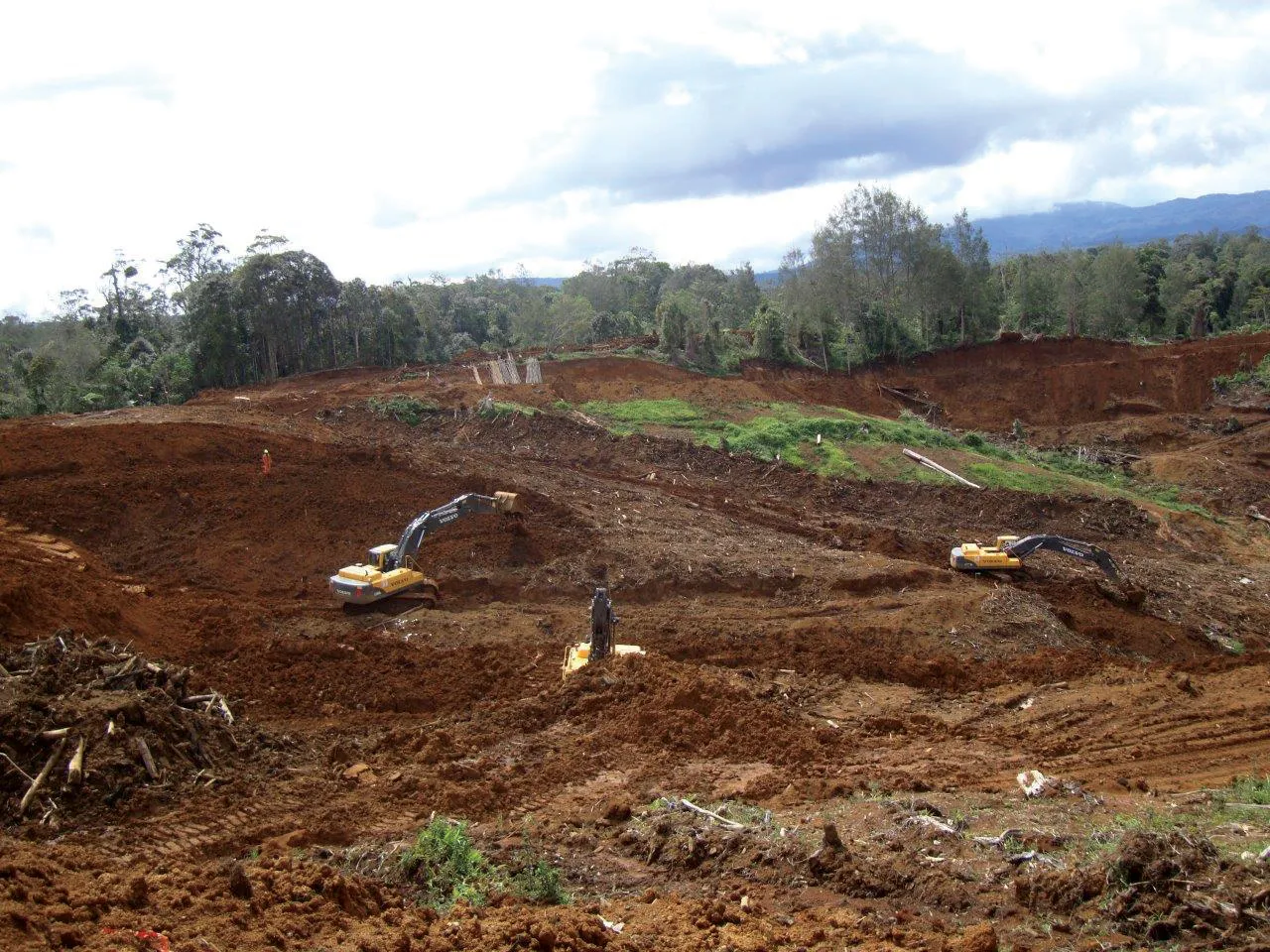Volvo Construction Equipment is opening up the remote Portuguese regions of Duoro and Trás-os-Montes for development through one of the largest road tunnels in the Iberian Penninsula.
The Túnel do Marão project takes in Portugal’s sixth largest mountain, the Serra do Marão. At a height of 1,415m above sea level, it presents a major obstacle between the country’s second city Porto, located on the coast, and Vila Real near the Spanish border, even since the construction of the winding IP4 highway, built in t
June 8, 2015
Read time: 2 mins
The Túnel do Marão project takes in Portugal’s sixth largest mountain, the Serra do Marão. At a height of 1,415m above sea level, it presents a major obstacle between the country’s second city Porto, located on the coast, and Vila Real near the Spanish border, even since the construction of the winding IP4 highway, built in the late 1970s, which is treacherous, especially in winter.
The new project is to extend the A4 motorway from Porto from where it now stops at Amarante to Vila Real but it will go straight through the mountain and include the twin parallel tunnel Túnel do Marão running nearly 6km east to west.
It will be the largest road tunnel in Portugal and one of the largest on the peninsula. Working on the project is underground construction specialist EPOS - Empresa Portuguesa de Obras Subterrâneas - which is already behind some of the most important road and rail tunnels in Portugal, Spain and Algeria.
EPOS began work on the twin tunnels in October 2014 and plans to finish concreting and paving stages by February 2016. EPOS is still on the excavation stage and has excavated around 35% of the tunnel’s length using 22 pieces of Volvo construction equipment, of which 13 were purchased shortly before the project began.
Part of a larger 71-strong fleet, provided and serviced by independent dealer Ascendum Portugal, EPOS’s Túnel do Marão contingent includes four Volvo EW140D wheeled excavators, four L220H wheeled loaders and 14 A40G articulated haulers.
“On a project like this, where work continues around the clock, 30 days a month, 100% machine availability is one of our biggest requirements. We cannot risk delay due to unscheduled downtime,” said Dias de Carvalho, EPOS’s general manager of 20 years.
“I have relied on Volvo Construction Equipment for decades and the quality of the machines, their ease of maintenance and the service provided by Ascendum Portugal has never let me down.”








